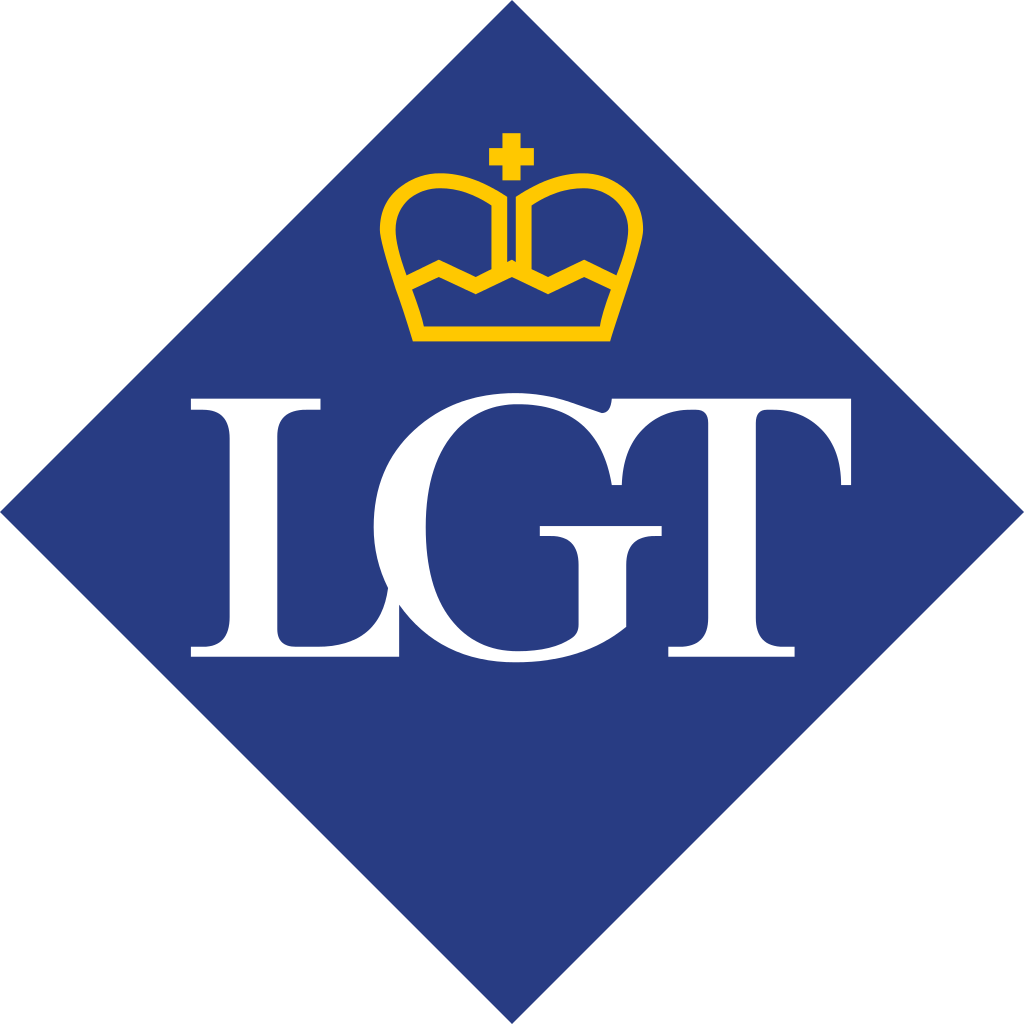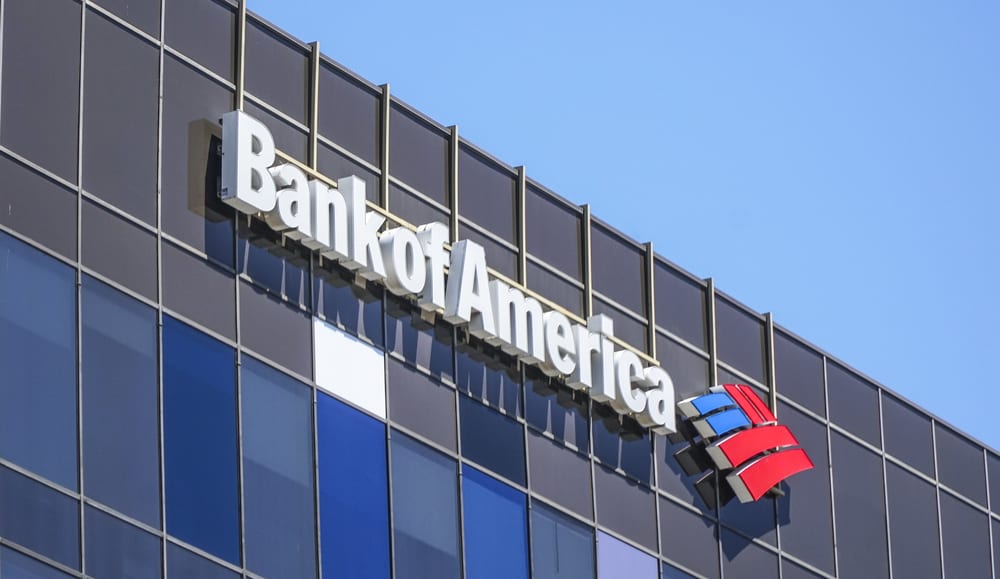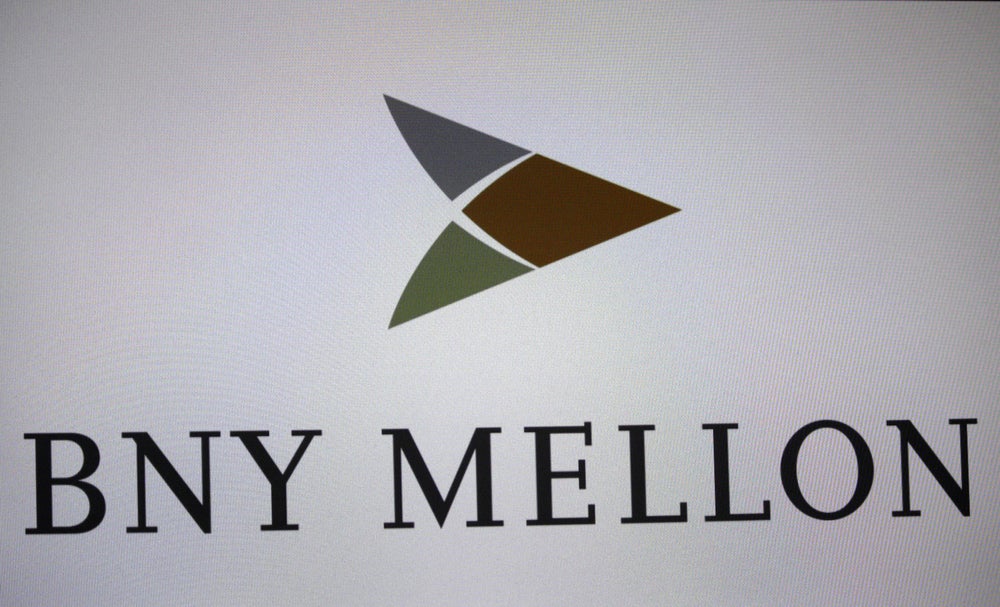Barclays has changed its widely-used benchmark fixed income indices after concluding its annual index review and governance process in October.
The governance process has resulted in a number of rule and methodology changes that will take effect in 2014, as well as reaffirmations of existing rules that were reviewed and remain unchanged.
These decisions were made after carefully evaluating the evolving fixed income landscape and incorporating the perspectives of a diverse set of global investors who use Barclays indices as portfolio benchmarks and measures of broad fixed income market returns.
A summary of key rules changes/clarifications and implementation dates follows:
Global Aggregate Index
- Russian ruble (RUB) and Turkish lira (TRY) denominated local currency government debt will become eligible for the Global Aggregate Index as of March 31, 2014. These markets will be the 23rd and 24th local currency debt markets currently tracked in the Global Aggregate. They are the 10th and 11th markets to cross over from the current Barclays EM Local Currency Government Index and will be jointly eligible for both benchmarks. For RUB denominated debt, only non-amortizing Russian OFZ bonds issued after 2008 will be eligible for the Global Aggregate.
- Effective immediately, the Hungarian forint (HUF) will no longer be an eligible currency for the Global Aggregate Index due to an absence of investment grade index-eligible debt. No HUF-denominated bonds currently qualify for the Global Aggregate and there is no index impact, but if Hungary’s sovereign rating is subsequently upgraded to investment grade, it will first be reviewed through the annual governance process before being considered for inclusion in the Global Aggregate. Hungary remains eligible for the Barclays EM Local Currency Government Index.
US Aggregate Index
How well do you really know your competitors?
Access the most comprehensive Company Profiles on the market, powered by GlobalData. Save hours of research. Gain competitive edge.

Thank you!
Your download email will arrive shortly
Not ready to buy yet? Download a free sample
We are confident about the unique quality of our Company Profiles. However, we want you to make the most beneficial decision for your business, so we offer a free sample that you can download by submitting the below form
By GlobalData- Commercial Mortgage Backed Securities (CMBS) issued and backed by US agencies will become eligible for the US Aggregate and Global Aggregate Indices as of June 30, 2014. Barclays intends to launch a standalone US Agency CMBS benchmark early in 2014, prior to US Aggregate Index inclusion.
- Securities issued under Rule 144A without registration rights will not be added to the US Aggregate Index, but a new standard US Aggregate + 144A benchmark will be launched in 2014 for investors that prefer a benchmark that includes these securities. 144A bonds are already eligible for the Global Aggregate, US Universal, EM USD Aggregate, and US High Yield benchmark indices.
US MBS Index
- The minimum amount outstanding for US Mortgage Backed Securities (MBS) Index constituents will be raised from $250mn to $1bn as of March 31, 2014.
- The existing structure of the US MBS Fixed Rate Index will not change as a result of the recent annual index review and an earlier MBS Index review conducted in 2013. Index designs that considered more granular index constituents were reviewed but will not be implemented at this time. Current index constituents will continue to group similar eligible MBS pools by agency, program, coupon, and vintage.
- Based on feedback received during the governance process, however, the Barclays index group intends to review the current index pricing methodology of fixed-rate MBS and explore enhancements that can be made to better reflect the variability of MBS pool characteristics present within its existing index structure.
Emerging Markets Indices
- No changes will be made to the Barclays EM country list as a result of the annual governance review.
- Egypt and Croatia will be removed from the flagship Barclays EM Local Currency Government Index as of March 31, 2014 due to liquidity and investability concerns, but will remain eligible for the broader EM Local Currency Government Universal Index, including additional markets not part of the flagship index.
- Amortizing Russian OFZ bonds issued prior to 2009 will be removed from Barclays EM Local Currency Government Indices as of March 31, 2014 due to liquidity and investability concerns.
- The minimum issue size for GBP-denominated bonds in the Barclays EM Hard Currency Aggregate Index will be set at GBP 500mn from its current GBP350mn threshold as of March 31, 2014.
Multiverse Index
- The Barclays Multiverse Index, a broad fixed-rate multi-currency benchmark that is currently the union of the Global Aggregate and Global High Yield Index, will be expanded to include bonds eligible for the Euro Treasury High Yield and EM Local Currency Government Indices that are not already tracked by these two existing Multiverse components. This change will take effect as of March 31, 2014.
High Yield Indices
- New fixed local currency minimums will be set for each currency eligible for the Pan European High Yield Index as of March 31, 2014. The current minimum issue size for EUR denominated HY bonds will remain at EUR100mn, but other local currency minimums will be adjusted to reflect appropriate high yield benchmark issue sizes.
Barclays Sector Classification Changes
- A number of changes will be made to the Barclays sector classification scheme and how certain issuers are classified. Changes to the classification scheme will be implemented as of June 30, 2014 and include the creation of a new midstream energy sector within industrials, increased granularity within the REIT sector, and the renaming of several existing corporate sectors to better represent the issuer peer groups classified within each.







